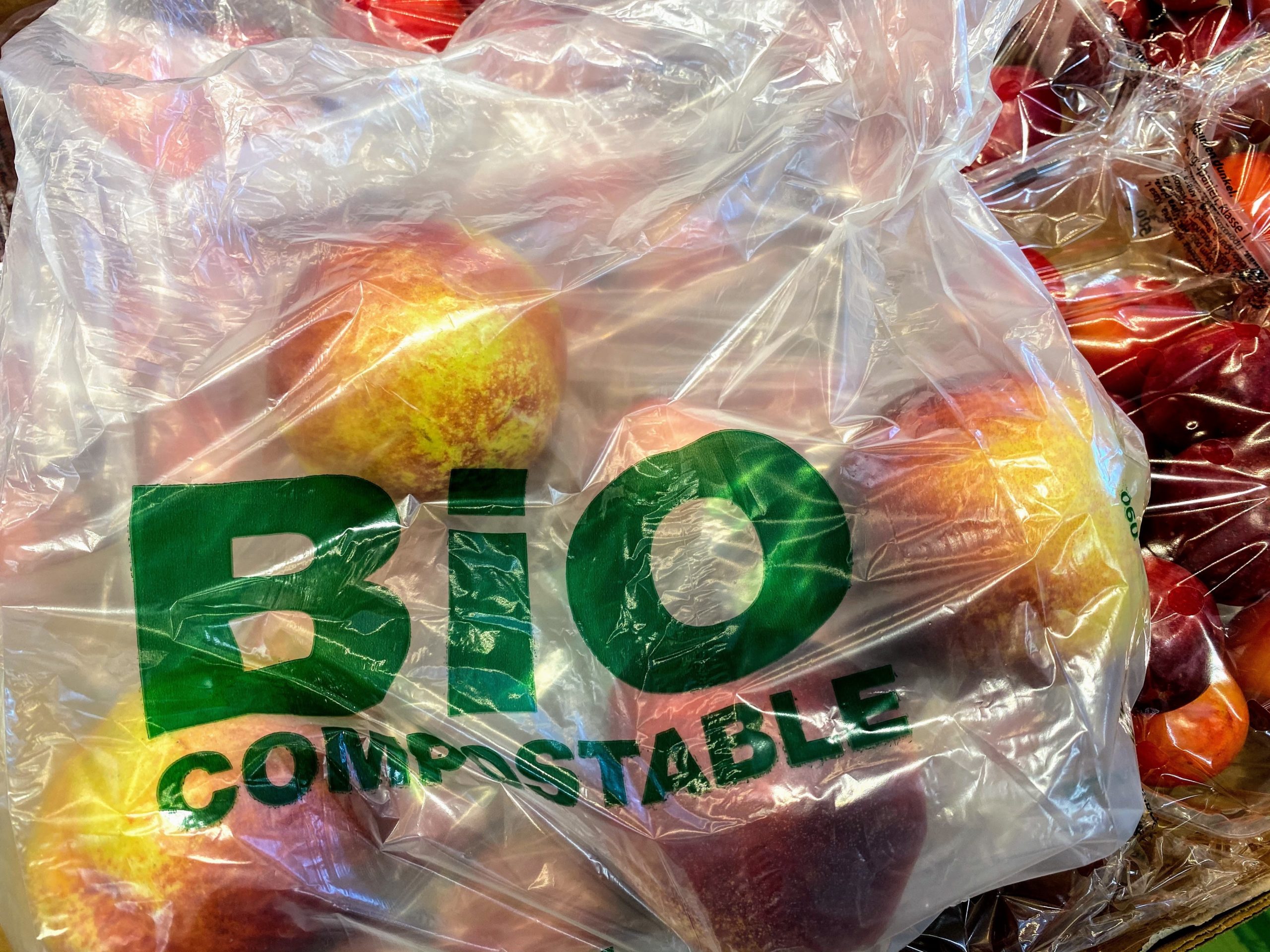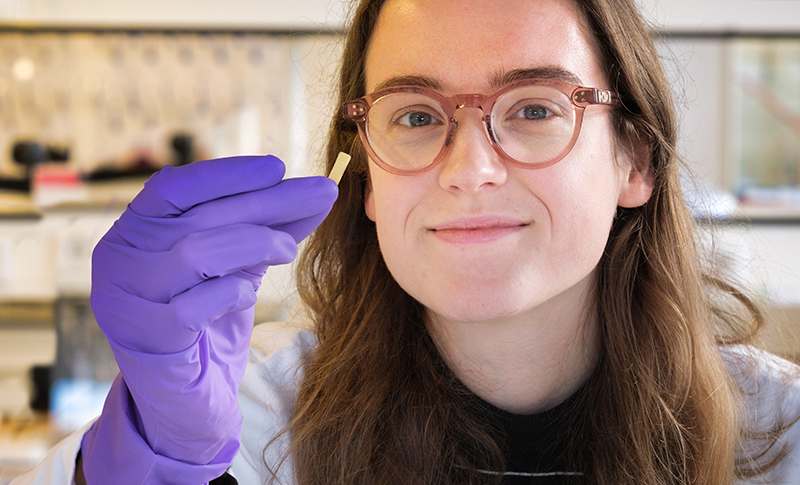Sustainable food packaging often has different properties than we are used to from ordinary plastic packaging. Companies can signal higher sustainability of new packaging with explicit and implicit signals, PhD research by Giulia Granato shows.
Some forms of sustainable packaging are opaque or make a loud sound. Companies find this inconvenient, as customers are less accepting: you can’t tell if your salad is fresh and the loud noise is unpleasant. They can therefore decide to process the sustainable material so that it mimics conventional plastic. However, in doing so, you risk losing the message that it is a sustainable package. Giulia Granato’s research (Marketing and Consumer Behaviour) shows that companies can use the distinctive sensory properties of sustainable packaging to their advantage by giving a more explicit explanation. She will defend her thesis on 3 October.
Granato investigated ways companies’ and consumers’ routines can be disrupted to achieve more sustainable behaviour. In one of her studies, Granato tested the behavioural change intervention named “the Meaningful Reminder”. Different signals from packaging can take consumers out of their routine and make the packaging stand out. It is then important to give meaning to that newly noticed packaging. Logos and text could well function to signal sustainability, next to functioning as a reminder.
Corn starch
However, combining those implicit (packaging) and explicit signals (text and logo) can prove counterproductive. ’It can be perceived as too much to be true,’ Granato explains. ’Then people don’t believe it anymore. There is a lot of greenwashing on food packaging, which makes consumers sceptical.’ Certain combinations of explicit and implicit cues did work. ’The different auditory property (loud sound) of biobased packaging (made from corn starch) does not yet directly tell consumers that it is sustainable’, says Granato. ’That needs a logo or text to explain.’
Waste
Awareness is one thing, but Granato also wanted to find whether and how packaging can change the actual behaviour of consumers when they discard the packaging and the food content. To do so, she experimented with test subjects. They were either given the product packaging with no information, the product with a video about a recycled material, or the product with an explanation video that made the connection between the packaging’s ‘strange’ properties and sustainability. The third group was found to dispose of the packaging more sustainably after use than the first two groups. ‘This proves how packaging can guide consumers towards a more sustainable behaviour.’

 Photo Unsplash/John Cameron
Photo Unsplash/John Cameron 

